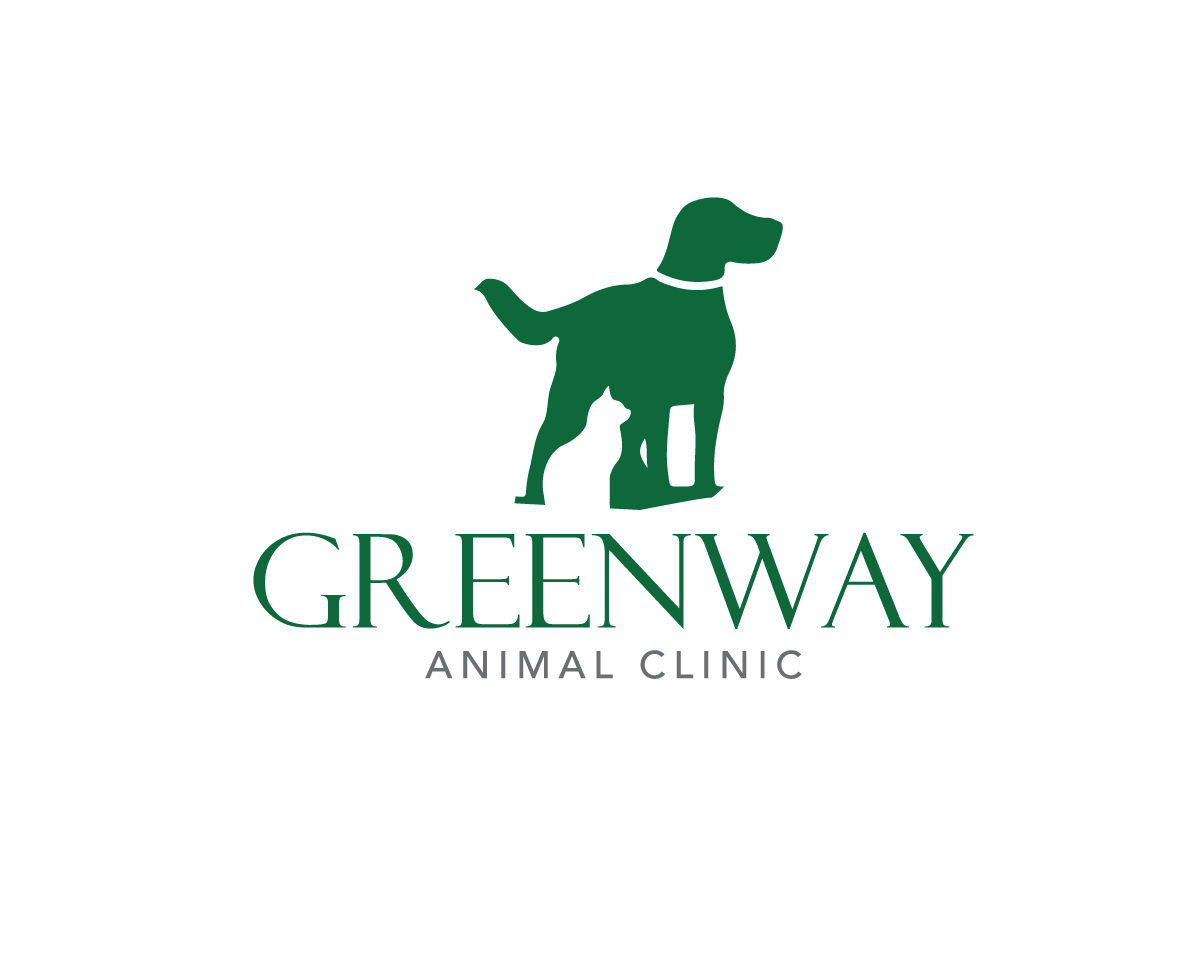Pet Health Library
-
The first inclination of some people when feeding a home-prepared diet to their pet is to simply feed the animal leftovers of what they are eating. However, the nutritional needs of dogs, cats and humans differ.
-
Hookworms are parasites which get their name from the hook-like mouthparts they use to attach to the intestinal wall. Despite their small size, they suck large amounts of blood from the tiny vessels in the intestinal wall.
-
Horner's syndrome is a common neurological disorder of the eye and facial muscles. The condition is usually sudden in onset.
-
Dogs are highly social animals that make wonderful pets. However, with the lifestyle and schedule of the majority of families, dogs must learn to spend a portion of the day at home alone, while their human family is away at school, work, shopping or recreational activities.
-
Hydroxyzine is an antihistamine. Antihistamines are used to relieve or prevent the symptoms of allergy. Your veterinary surgeon may prescribe this medication to prevent itching in dogs and cats.
-
Hypocalcaemia means low circulating blood calcium. It is most commonly observed in eclampsia, or so-called milk fever, which may occur in bitches at any time during lactation or sometimes immediately before they whelp.
-
The thyroid gland regulates the rate of metabolism (body chemistry). If it is less functional than normal, metabolism slows down.
-
Hypromellose is a tear substitute used to moisten and lubricate eyes. It is used when your pet has keratoconjunctivitis sicca (dry eye syndrome).
-
Imidacloprid is a topical insecticidal agent prescribed by your veterinarian to treat fleas on dogs, cats and rabbits. It can also help in control of allergic skin disorders due to fleas.
-
Imidapril may be used to treat high blood pressure and as a vasodilator in the treatment of heart failure.

